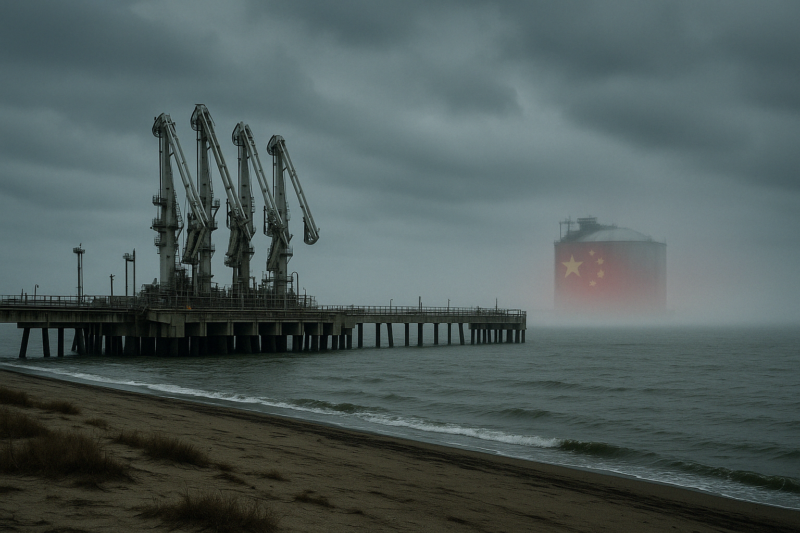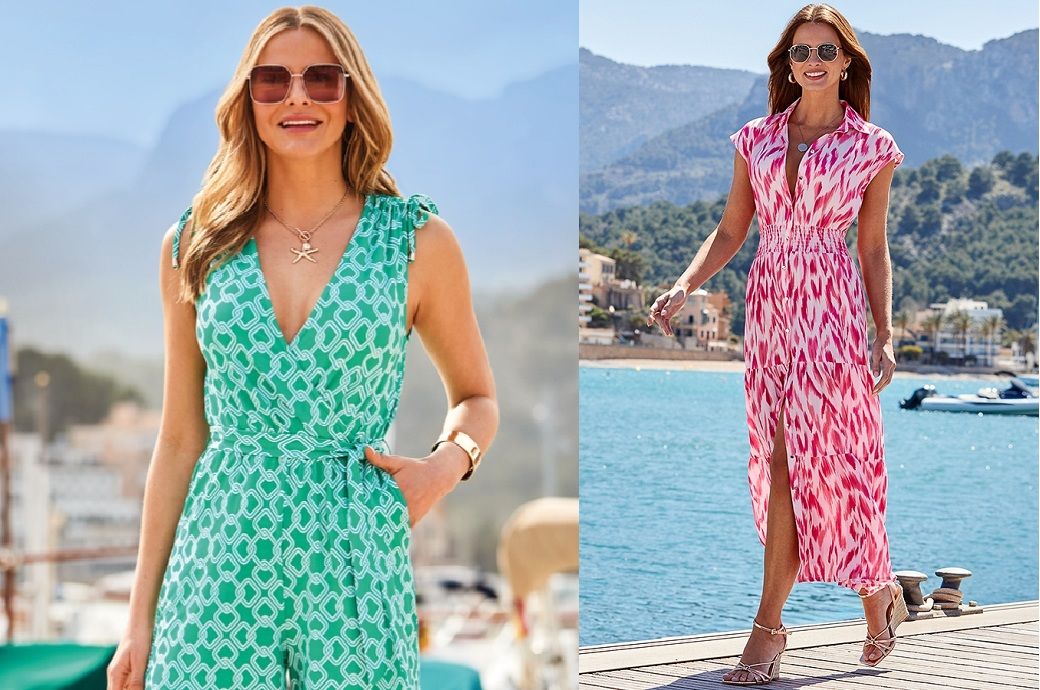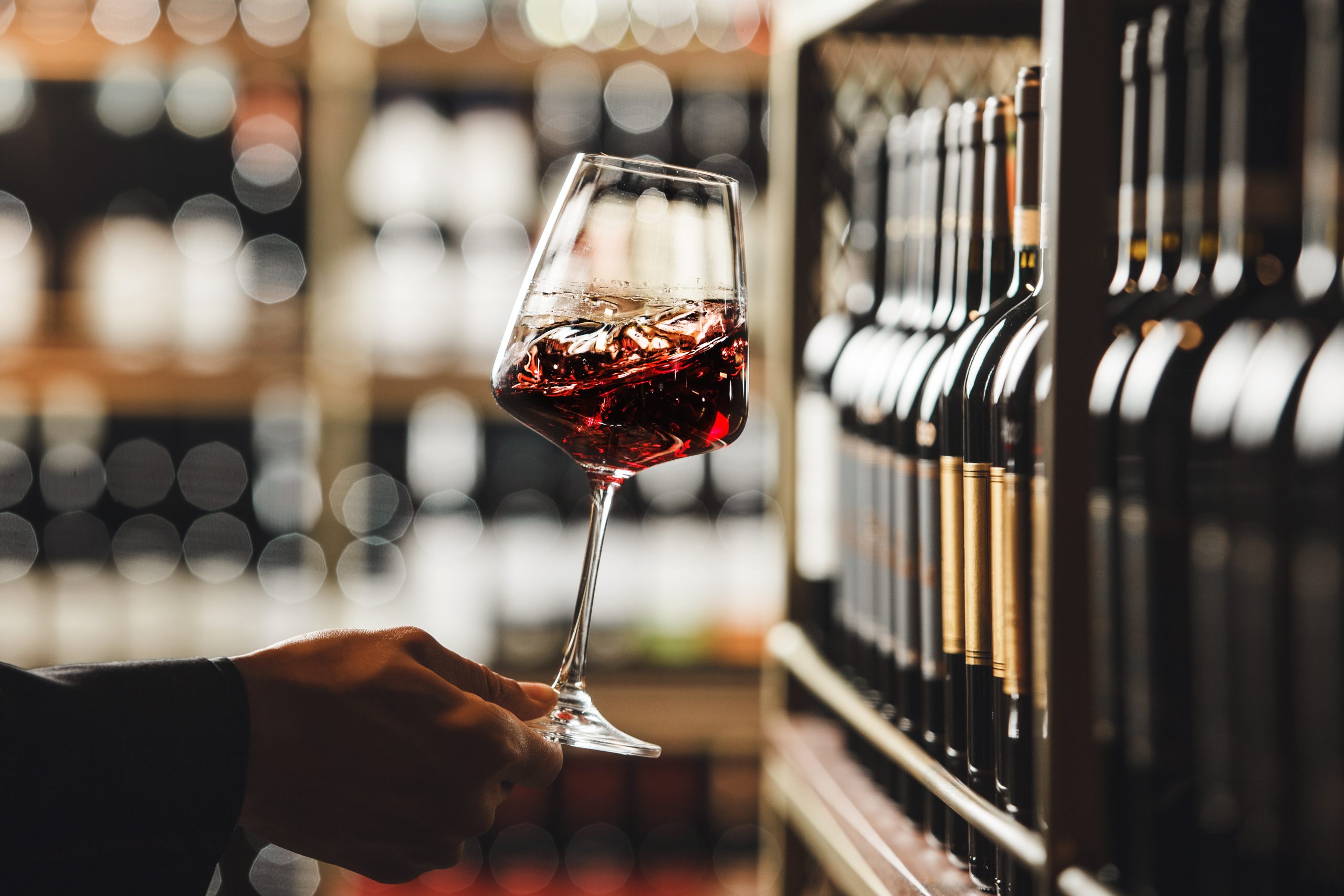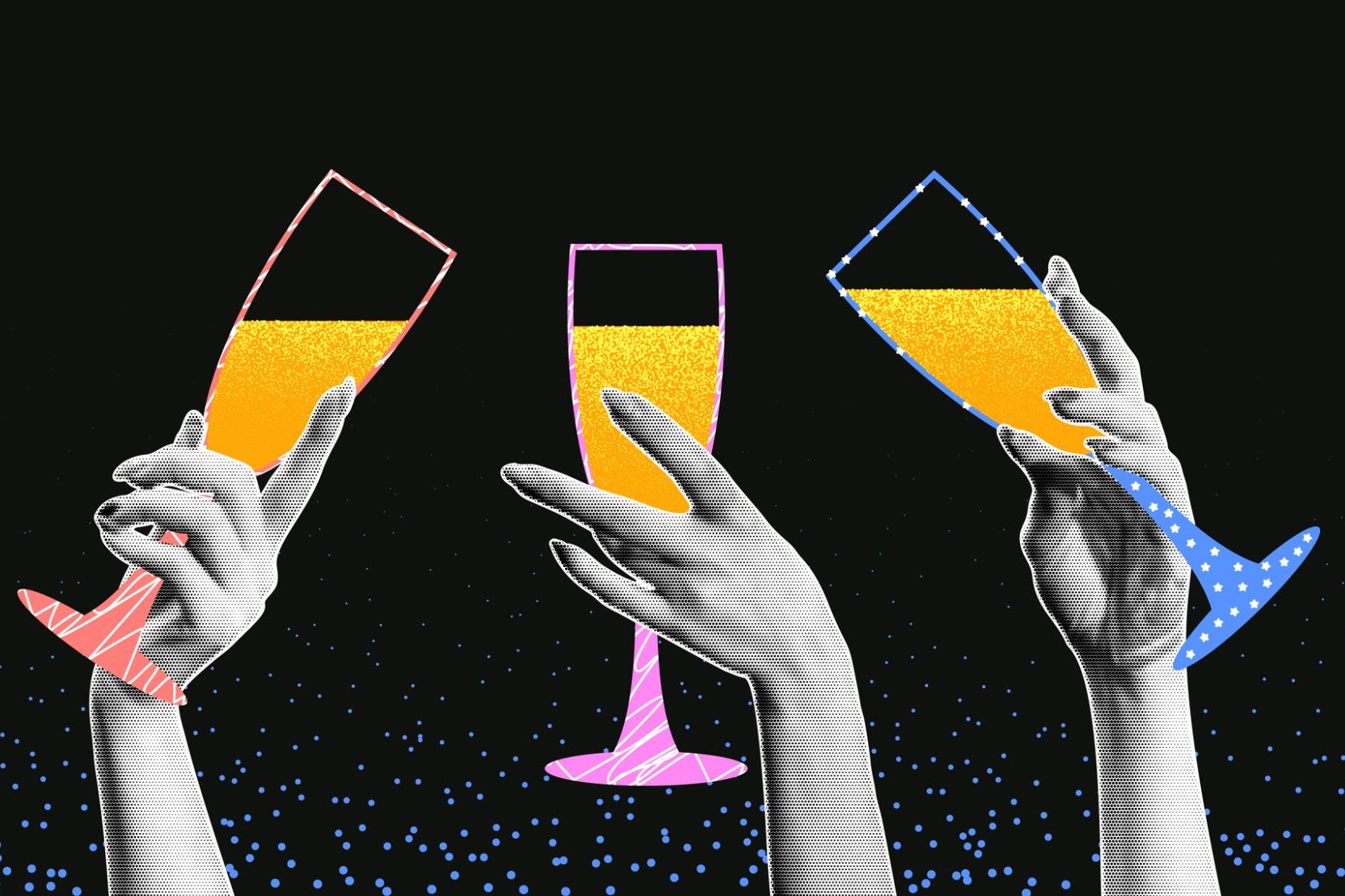Tariffs hit: but how can the wine industry adapt?
While tariff talk has cast a shadow over the wine trade, some see opportunity in the disruption - and a chance to reset how wine is sold, shared and experienced. The post Tariffs hit: but how can the wine industry adapt? appeared first on The Drinks Business.

 Tariffs have, of course, dominated headlines across the international wine trade in recent weeks. Following US President Donald Trump’s decision to impose sweeping duties on imported goods, including wine, producers across Europe and beyond are bracing for disruption to sales, supply chains, and price points.
But amid the noise and mounting uncertainty, there is still room for optimism. Industry voices are beginning to shift the conversation from damage control to forward thinking: What can the wine world do to adapt, evolve, and preserve its relevance in this new trade landscape?
Tariffs have, of course, dominated headlines across the international wine trade in recent weeks. Following US President Donald Trump’s decision to impose sweeping duties on imported goods, including wine, producers across Europe and beyond are bracing for disruption to sales, supply chains, and price points.
But amid the noise and mounting uncertainty, there is still room for optimism. Industry voices are beginning to shift the conversation from damage control to forward thinking: What can the wine world do to adapt, evolve, and preserve its relevance in this new trade landscape?
Storytelling: more important now than ever before
For some, the answer lies not in lobbying or political wrangling, but in storytelling. Andrea Moradei, of Florence-based wine consultancy Vinarium, believes the current climate demands a more personal, experience-driven approach: “Tariffs are never good news, especially for wines in the low to mid-price range, where price sensitivity is high. Iconic yet accessible wines like Chianti, Soave, and Frascati are feeling the squeeze, while high-end buyers remain steady and Prosecco continues to defy trends with growing demand,” he tells db. “But the real issue isn’t just tariffs, it’s the broader uncertainty driven by political instability in the US, which affects both wine sales and tourism." In response, Moradei says many smaller Italian producers are rethinking their reliance on traditional distribution networks and turning toward direct-to-consumer (DTC) models - particularly those that combine wine sales with immersive, hospitality-led experiences. “Personalised selection, door-to-door delivery, and estate experiences help preserve value and build lasting customer relationships,” he explains. “In today’s climate, it’s not just the label that sells, it’s the story, the people, and the sense of place behind every bottle.”Reaching the next generation
The shift toward greater emphasis on storytelling aligns with wider industry conversations around branding, engagement and generational change. Miles Beale, chief executive of the UK’s Wine and Spirit Trade Association (WSTA), recently underlined the need to connect with younger consumers, not only to future-proof sales but to ensure wine continues to compete with spirits, beer and RTDs in an increasingly crowded drinks space.
“People are drinking less, but they’re drinking better. In the UK, alcohol consumption has fallen 20% over the last 20 years. That trend is unlikely to change.”
His advice? Simplify the message. “There are so many products where people talk in great detail about the winemaking process, the vineyard, the terroir. If you want younger consumers to drink as much wine and spirits in the future as past generations, you need to make it much easier for them.”
With trade dynamics constantly shifting, emerging technology, and evolving consumer habits, the drinks industry faces challenges - but also opportunities. As Beale put it: “If we can apply some of our clever marketing minds to really simple messaging, the impact could be very big.”










































































































































































